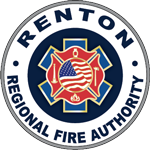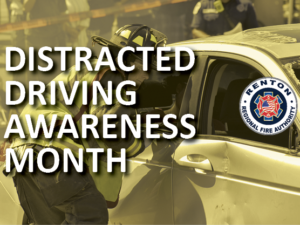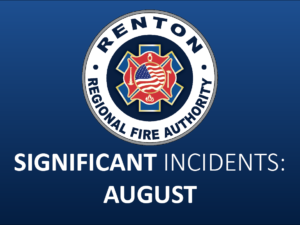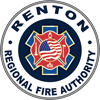What is the Fire Benefit Charge?
The Fire Benefit Charge is a voter-approved funding mechanism that is one component of our two-part funding system. The other component is Property Tax. The Fire Benefit Charge currently makes up over 40% of our budget and funds operations like our firefighter’s time and training, fire engines and aid units, fire stations, and programs such as FDCARES and our Public Education Section.
What is the difference between Property Tax and the Fire Benefit Charge?
Property Tax provides funding by charging property owners a specific dollar amount per $1,000 of assessed property value. When the housing market is doing well, and values are up, more property tax is collected, and funding is sufficient. However, when the housing market is doing poorly, and values go down, less property tax is collected, and funding can become insufficient. This fluctuation means the amount of funding can vary drastically depending on the housing market, which can change unexpectedly for several reasons – a global pandemic, for example.
Property Tax also does not consider the amount of fire protection resources needed to protect a specific property. Properties that contain structures with more fire risk or hazards pay the same amount as properties that pose far less risk but have the same overall property value.
The Fire Benefit Charge is calculated differently. It is a voter-approved fee, and rather than basing the fee on assessed property value, the Fire Benefit Charge is calculated using a formula that takes into consideration the size, risk and hazards of all structures on a property to determine the amount of the fee. This provides a consistent source of funding that does not fluctuate with the housing market. It also means that property owners whose properties possess structures with greater risk or hazards take on more financial responsibility than property owners whose structures pose less risk or contain less hazards, because more fire protection resources are required to protect the more hazardous property.
As an example, the average single-family home will pay a lower Fire Benefit Charge than a restaurant of comparable size and property value, because the fire risk and hazards of a single-family home are lower.
Thanks for taking the time to learn the basics of the Fire Benefit Charge. Be sure to tune in next month as we share more information about Proposition 1, the ballot measure allowing voters to decide on the renewal the Fire Benefit Charge, and how the community will be affected if it is or is not renewed.






